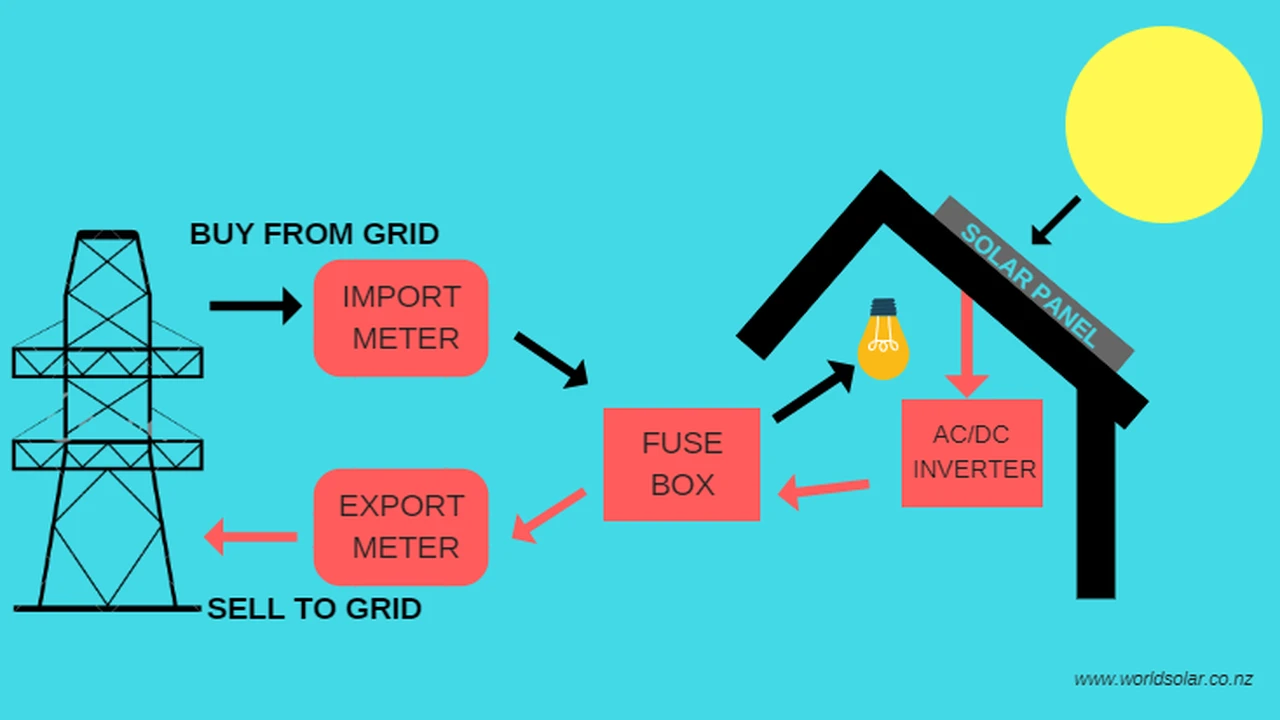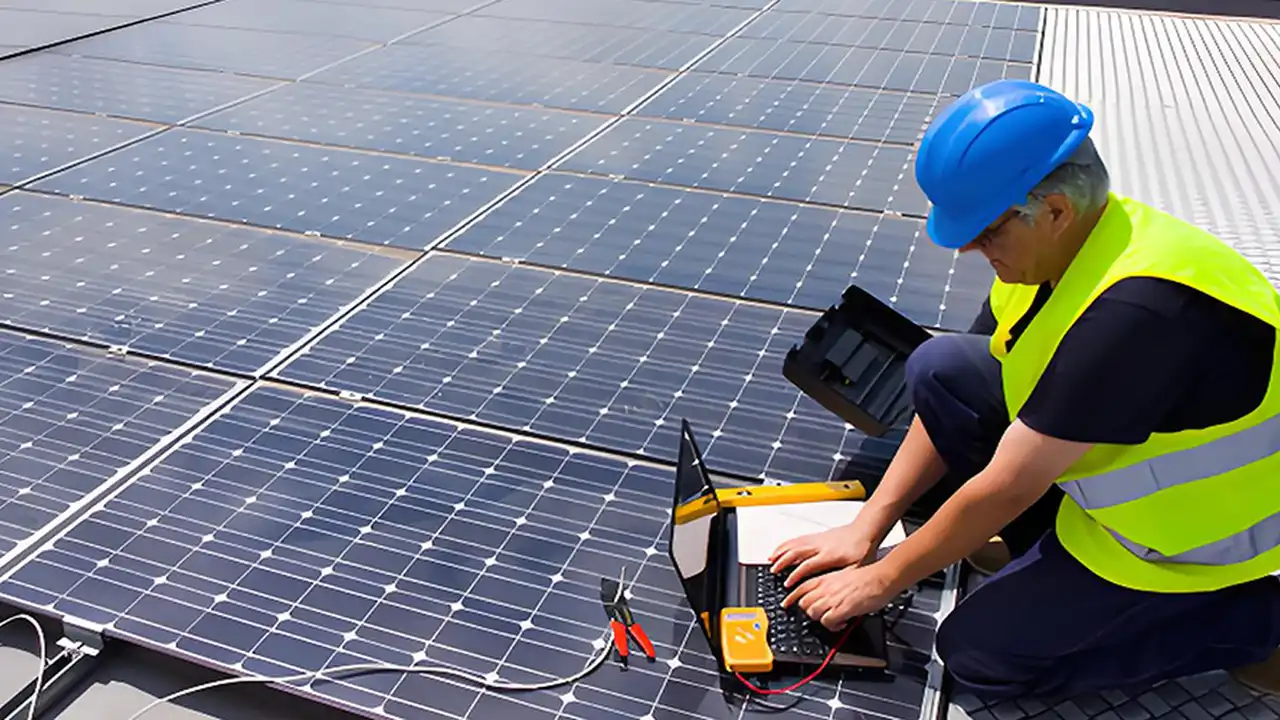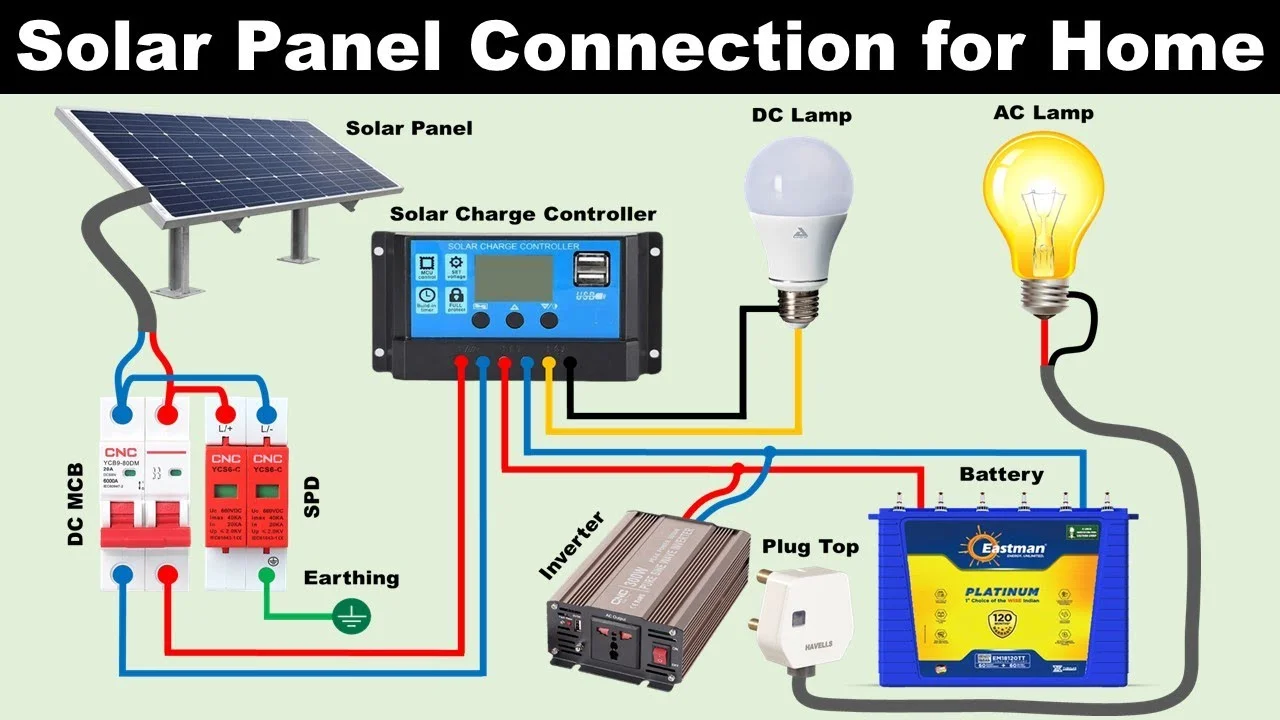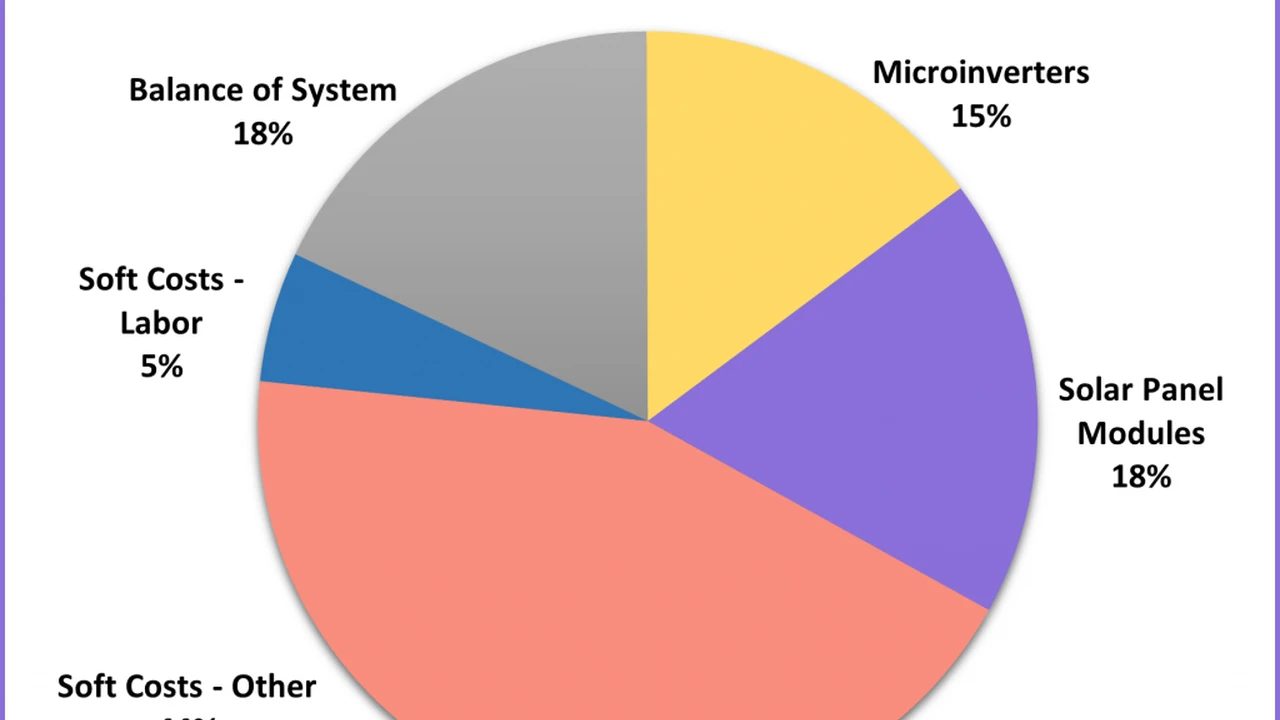Solar Panel and Battery Storage: Integrating Energy Storage
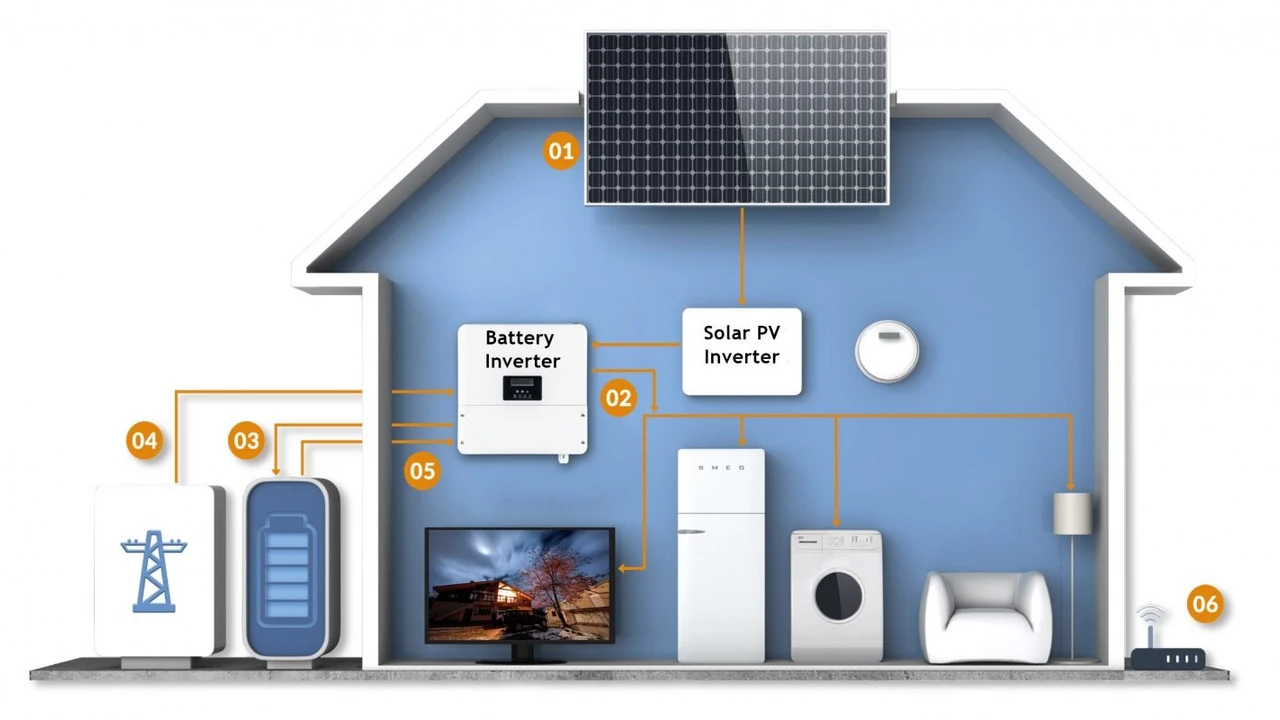
Solar power is awesome, right? But what happens when the sun dips behind the clouds, or night rolls around? That's where battery storage comes in to save the day. Integrating energy storage with your solar panel system is like giving your home a superpower – energy independence! Let's dive into how it all works.
Sample meta description.
Why Combine Solar Panels with Battery Storage Enhancing Energy Independence
Think about it: solar panels generate electricity during the day. Without storage, that excess energy is often sent back to the grid (and you might get some credit for it, which is cool). But with battery storage, you can keep that energy for later use. This means you're less reliant on the utility company, especially during peak hours when electricity prices are highest. It's like having your own personal power plant!
Understanding Different Battery Types for Solar Systems A Comprehensive Guide
Not all batteries are created equal. When it comes to solar storage, there are a few main types you'll encounter:
- Lead-Acid Batteries: These are the old-school batteries, like the ones in your car. They're relatively inexpensive, but they don't last as long and require more maintenance. Think of them as the reliable, but slightly grumpy, grandpa of batteries.
- Lithium-Ion Batteries: These are the sleek, modern batteries you find in smartphones and electric cars. They're more expensive than lead-acid, but they last longer, are more efficient, and require less maintenance. They're the cool kids on the block.
- Flow Batteries: These are less common for residential use, but they're gaining traction. They're like giant, rechargeable fuel cells, and they can store a ton of energy. Think of them as the heavy-duty workhorses of the battery world.
Choosing the Right Battery System Size and Capacity Considerations
Okay, so you know about the different types of batteries. But how do you figure out what size you need? It depends on a few factors, like:
- Your energy consumption: How much electricity do you use each day?
- The size of your solar panel system: How much electricity are your panels generating?
- Your energy goals: Do you want to be completely energy independent, or just reduce your reliance on the grid?
A qualified solar installer can help you calculate the right battery size for your needs.
Product Recommendations for Solar Battery Storage Systems Detailed Reviews
Alright, let's talk about some specific products. Here are a few popular battery storage systems:
- Tesla Powerwall: This is the sleekest, most well-known option. It's a lithium-ion battery that's designed to be easy to install and use. It's a bit pricey, but it's a top-of-the-line product. Expect to pay around $11,500 including installation. The Powerwall is perfect for homeowners who want a seamless, integrated energy storage solution. It excels at providing backup power during outages and optimizing self-consumption of solar energy.
- LG Chem RESU: This is another popular lithium-ion battery. It's known for its high energy density and long lifespan. It's a great option for homeowners who want a reliable and efficient battery. A 10 kWh LG Chem RESU battery costs approximately $8,000 installed. This battery shines in its compact design and high energy density, making it suitable for homes with limited space.
- Generac PWRcell: This is a more affordable option that still offers good performance. It's a good choice for homeowners who are on a budget but still want the benefits of battery storage. The PWRcell system can start around $10,000 installed, depending on the size and configuration. Generac's PWRcell is an excellent choice for homeowners who want a scalable and flexible energy storage solution. It can be paired with Generac generators for extended backup power during prolonged outages.
Comparing Different Battery Storage Options Features Benefits and Costs
So, how do these batteries stack up against each other? Here's a quick comparison:
Tesla Powerwall:
- Pros: Sleek design, easy to use, integrated system.
- Cons: Expensive.
LG Chem RESU:
- Pros: High energy density, long lifespan.
- Cons: Can be complex to install.
Generac PWRcell:
- Pros: Affordable, scalable.
- Cons: Less sleek design than Tesla.
Real-World Scenarios Using Battery Storage Optimizing Energy Usage
Let's look at some real-world scenarios where battery storage can make a big difference:
- Power Outages: When the grid goes down, your battery can keep the lights on, your fridge running, and your internet connected.
- Time-of-Use Rates: If your utility company charges different rates depending on the time of day, you can use your battery to store energy when rates are low and use it when rates are high.
- Net Metering Limitations: If your utility company doesn't offer net metering, or if they limit the amount of credit you can receive for excess solar energy, you can use your battery to store that energy instead of sending it back to the grid.
Installation and Maintenance Tips for Solar Battery Systems Ensuring Longevity
Installing a solar battery system is not a DIY project. You'll need to hire a qualified solar installer who is familiar with battery storage systems. They can help you choose the right system, install it properly, and ensure that it's connected to your solar panels and your home's electrical system.
Once your battery system is installed, it doesn't require much maintenance. However, you should periodically check the battery's voltage and temperature to make sure it's operating properly. You should also clean the battery terminals to prevent corrosion.
Cost Savings and ROI of Solar Panel and Battery Storage Investment Justification
While battery storage systems can be expensive, they can also save you money in the long run. By reducing your reliance on the grid, you can lower your electricity bills and protect yourself from rising energy costs. You may also be eligible for tax credits or rebates that can help offset the cost of the system.
The return on investment (ROI) for a solar battery system depends on a few factors, such as your energy consumption, the size of your solar panel system, and the cost of electricity in your area. However, in many cases, a solar battery system can pay for itself in 5-10 years.
Future Trends in Solar Energy Storage Technology Innovations on the Horizon
The field of solar energy storage is constantly evolving. New battery technologies are being developed all the time, and prices are coming down. In the future, we can expect to see even more efficient, affordable, and long-lasting battery storage systems. We might even see batteries that can store energy for months or even years!
:max_bytes(150000):strip_icc()/277019-baked-pork-chops-with-cream-of-mushroom-soup-DDMFS-beauty-4x3-BG-7505-5762b731cf30447d9cbbbbbf387beafa.jpg)



